The stony city of Santiago de Compostela is, in itself, an open-air museum, with a historic quarter that was declared a World Heritage Site by UNESCO on 4 December 1985. In addition to enjoying its streets, squares, alleys, monuments, green areas and more, there are a number of interesting museums that you should write down on your travel list and visit, as we guarantee that you will be pleasantly surprised. Shall we go on a tour?
Before you start
As you know, in Santiago “rain is art”, and if you happen to have a rainy day, visiting the city’s museums is a good alternative for the stormy days of Compostela.
Consider how long you are going to be in Santiago de Compostela. If you are a regular tourist, maybe several days; if you are a pilgrim, maybe also or even less. To see the museums well, you may need one or two hours per museum, and we recommend not to visit more than two per day, so we don’t get overloaded with information.
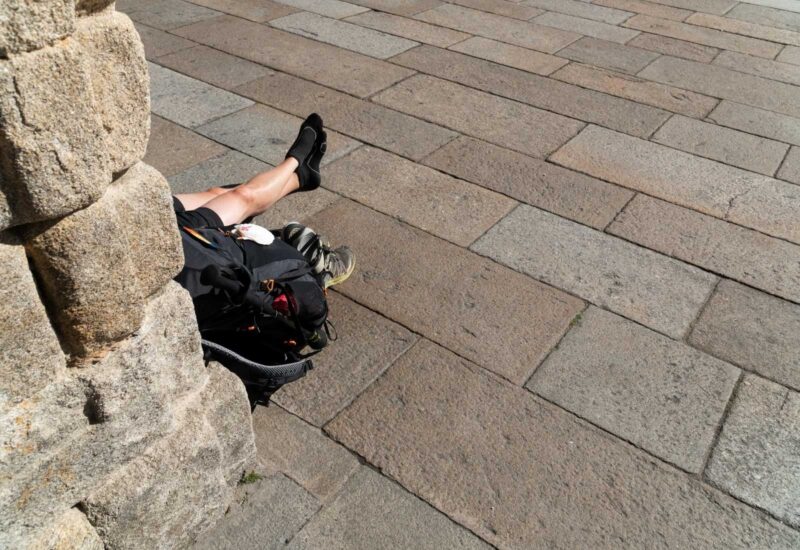
Pilgrim taking a rest
If you are a pilgrim on the Camino de Santiago and you have your credential or Compostela, check if you have some kind of discount on the rate, several museums offer it. Anyway, the visiting fees are not very high, and can go from 1 € to 15 €. There are even rates that include several museums or exhibition spaces at the same time. In addition, museums almost always have their weekly free admission day, when admission is free. We recommend you to consult these details in the Santiago de Compostela Tourist Office.
Practically all the main museums are in the historic centre of Santiago de Compostela, i.e. very close, which is a great advantage when it comes to organising your agenda.
Cathedral Museum
As it could not be otherwise, this is perhaps the most important museum in Santiago de Compostela, the one that belongs to its cathedral. This museum offers several exhibition spaces in its Permanent Collection that show the history and art of the Cathedral. It also offers the possibility of visiting very special places in the city, such as the Pazo de Xelmírez, the Crypt and the Pórtico de la Gloria, the roofs, the Torre de la Carraca or the Collegiate Church of Santa María la Real de Sar, outside the historic centre. With the different types of visit you can get a personalized visit depending on what you want to entrance personalized according to what you want to visit.
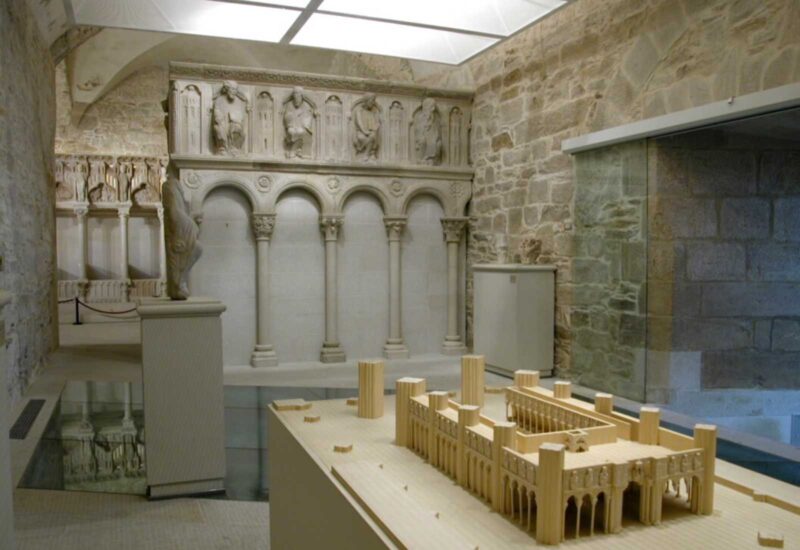
Museum of the Cathedral
Pilgrimage Museum
Perhaps the only one of its kind in Spain, it occupies the east side of the Plaza de Platerías, in the heart of the historic centre and behind the cloister of the Cathedral. Created at the end of 1951, in it you can learn how the phenomenon of the pilgrimage became the natural founder of Santiago de Compostela, a city that has always been evolving linked to it. Whether you are a pilgrim or not, it deserves a visit. And again, even if you are not in town, here you can visit it.
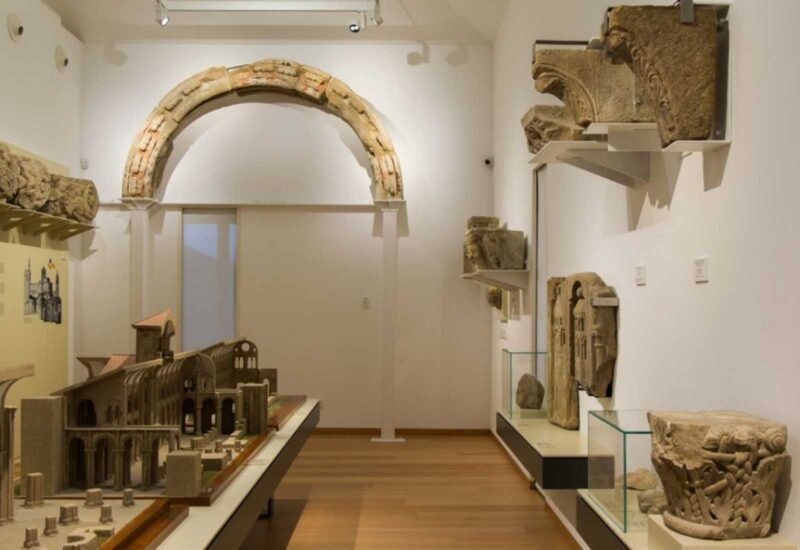
The Pilgrimage Museum
Monastery and Church of San Martín Pinario
This museum offers, like the Cathedral, several exhibition spaces, such as the church, the museum, temporary exhibitions, etc., creating a large architectural and exhibition space. The Igneous Choir of the Cathedral of Santiago, the Cabinet of Natural History, the Apothecary of the Monastery, among others, are containers and contents of great historical value and that generate much amazement among visitors, among them, the one who writes here. In front of the North façade of the Cathedral, Azabacherías, you will find this great space (the whole complex, including the Hospedería, is the second largest building in Spain in surface area after the Monastery of San Lorenzo de El Escorial): let yourself be amazed by a visit. In addition, its exhibition programme also includes lectures and classical and sacred music performances.
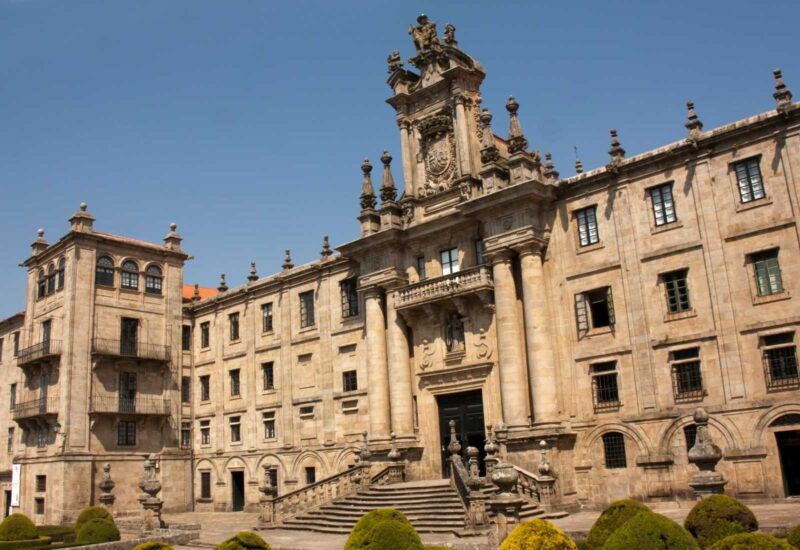
The entrance of San Martín Pinario
Casa de la Troya Museum
This museum recreates the boarding house for university students in Santiago de Compostela, the main character of the novel of the same title by Alejandro Pérez Lugín, between the end of the 19th century and the beginning of the 20th century. In the different floors and spaces you will be able to see how it was the theunbridled life of the students who are the main characters of the story, whose adventures, adventures and love affairs you will know if you have read the novel; otherwise, after a visit to the museum you will surely go to the first bookstore to get the book, which you will offers us a real and funny image of the student life in Santiago de Compostela.
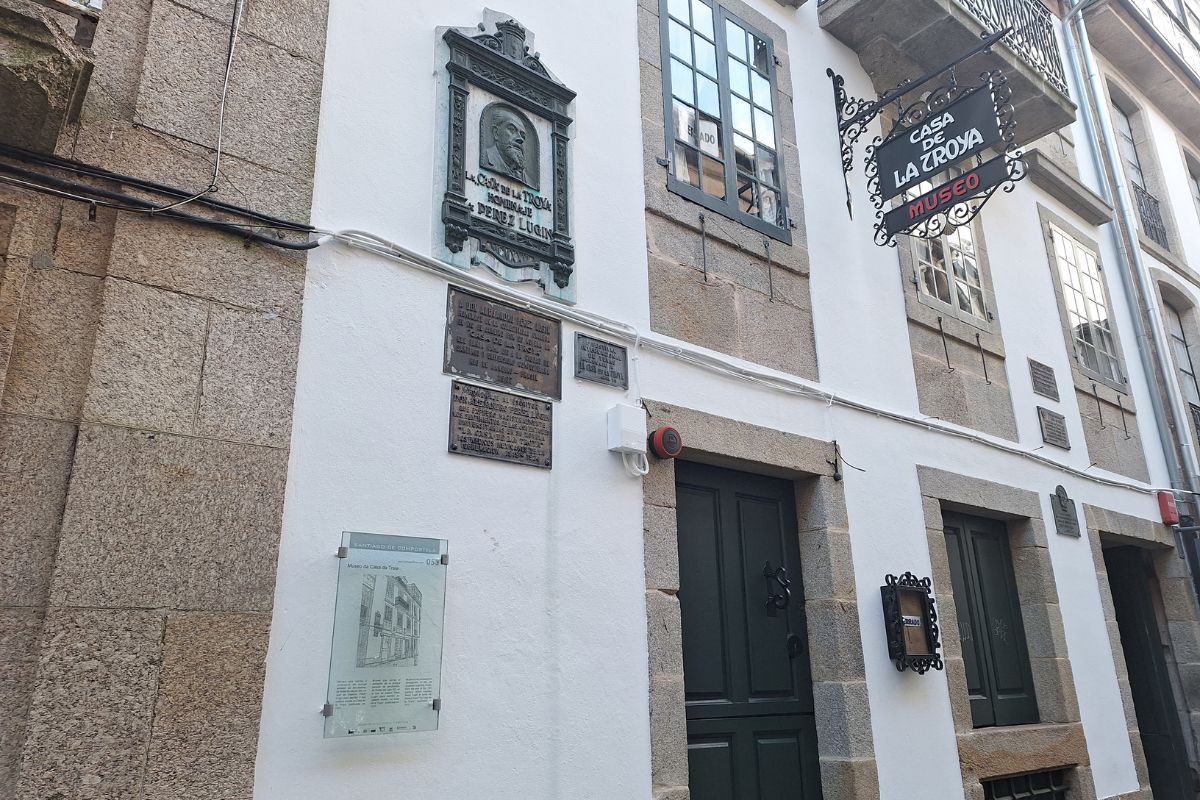
Casa de la Troya Museum
Museum of the Galician People
It is an ethnographic museum ethnographic museum that illustrates the Galician culture throughout history. Situated in the outbuildings of the Convent of San Domingos de Bonaval, next to the park, cemetery and gardens of the same name, with a visit you will be able to learn more about the traditional cultural heritage of Galicia. Don’t forget to visit the triple helicoidal staircase and the Pantheon of the Illustrious Galicians in the convent church. It also has a library and documentary archive.
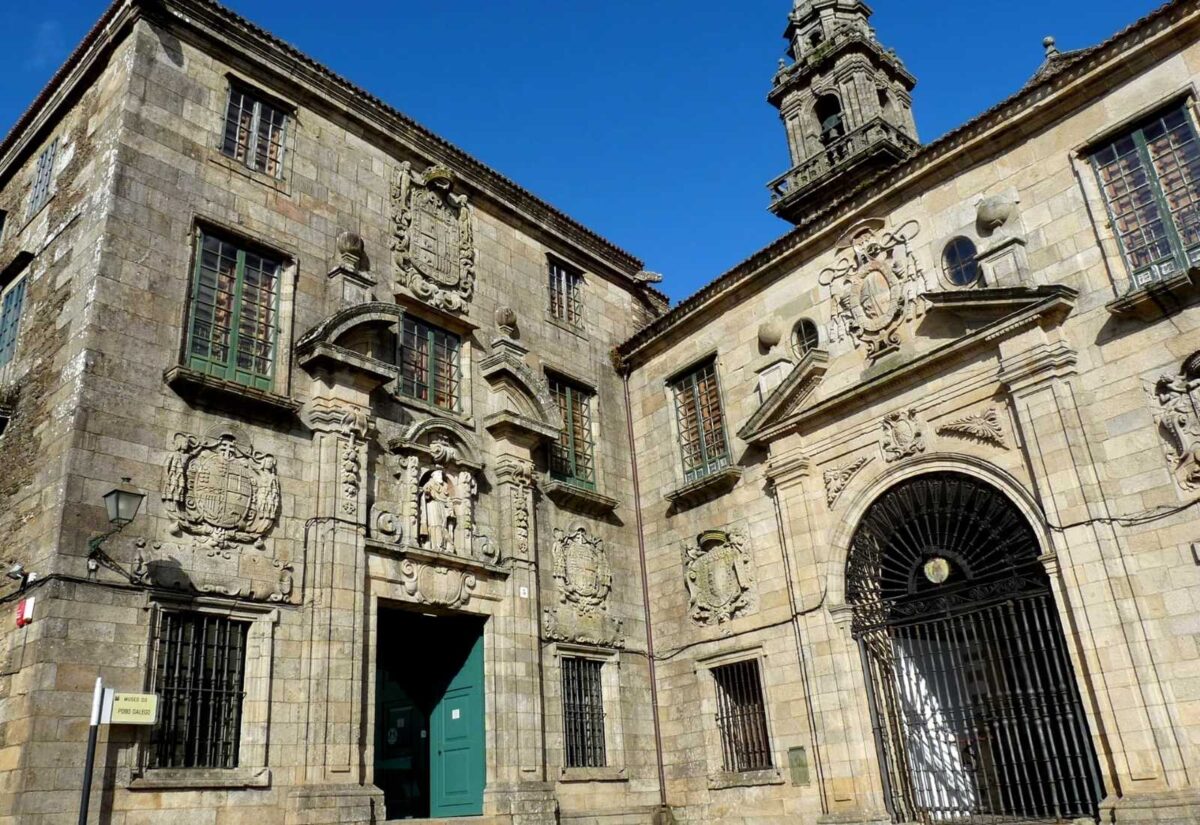
Museum of the Galician People
CGAC (Galician Centre of Contemporary Art)
The CGAC is different from the others because of its collections, because as its name says, it is a contemporary art museum, one of the most important in Galicia. Located in the building designed by the Portuguese architect Álvaro Siza, it contains permanent collections and offers temporary exhibitions, as well as different activities, workshops, library and cafeteria. You have it in front of the Museo do Pobo Galego, near Porta do Camiño, where the pilgrims from the Primitivo and the North enter. French Way, Primitive and Northern pilgrims. If you decide to treat yourself to a visit, check out its web what exhibitions it offers.
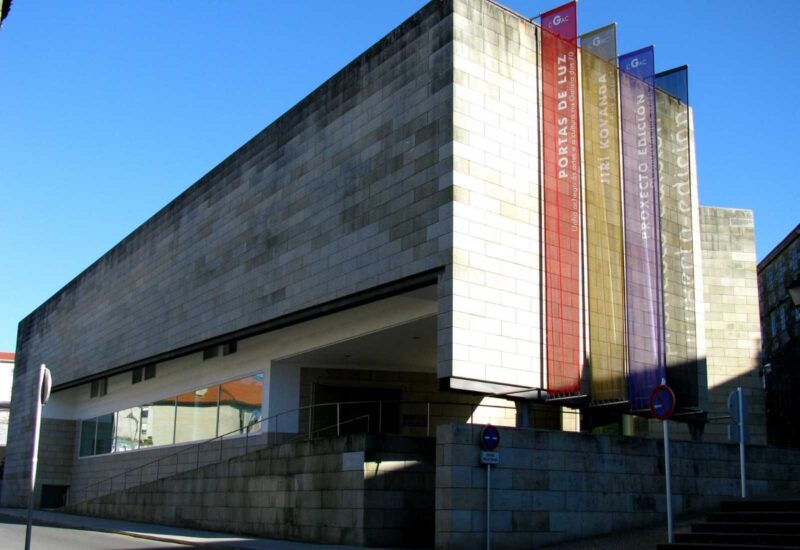
The CGAC Museum
Whichever one you choose, if you are walking a route of the Camino de Santiago we recommend you to visit one of these museums. There are more in the Jacobean city, but we consider these to be the most interesting and enriching museums in your pilgrimage experience.

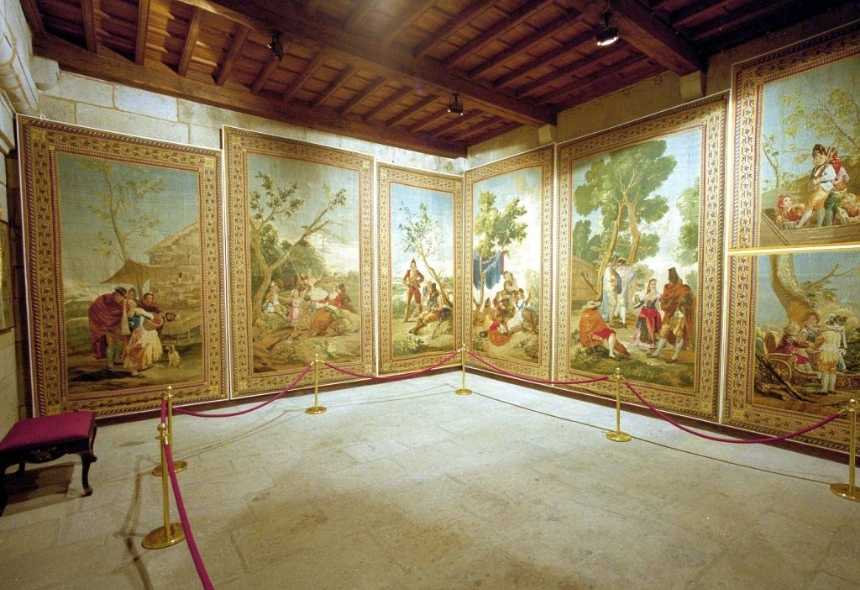










Leave A Comment